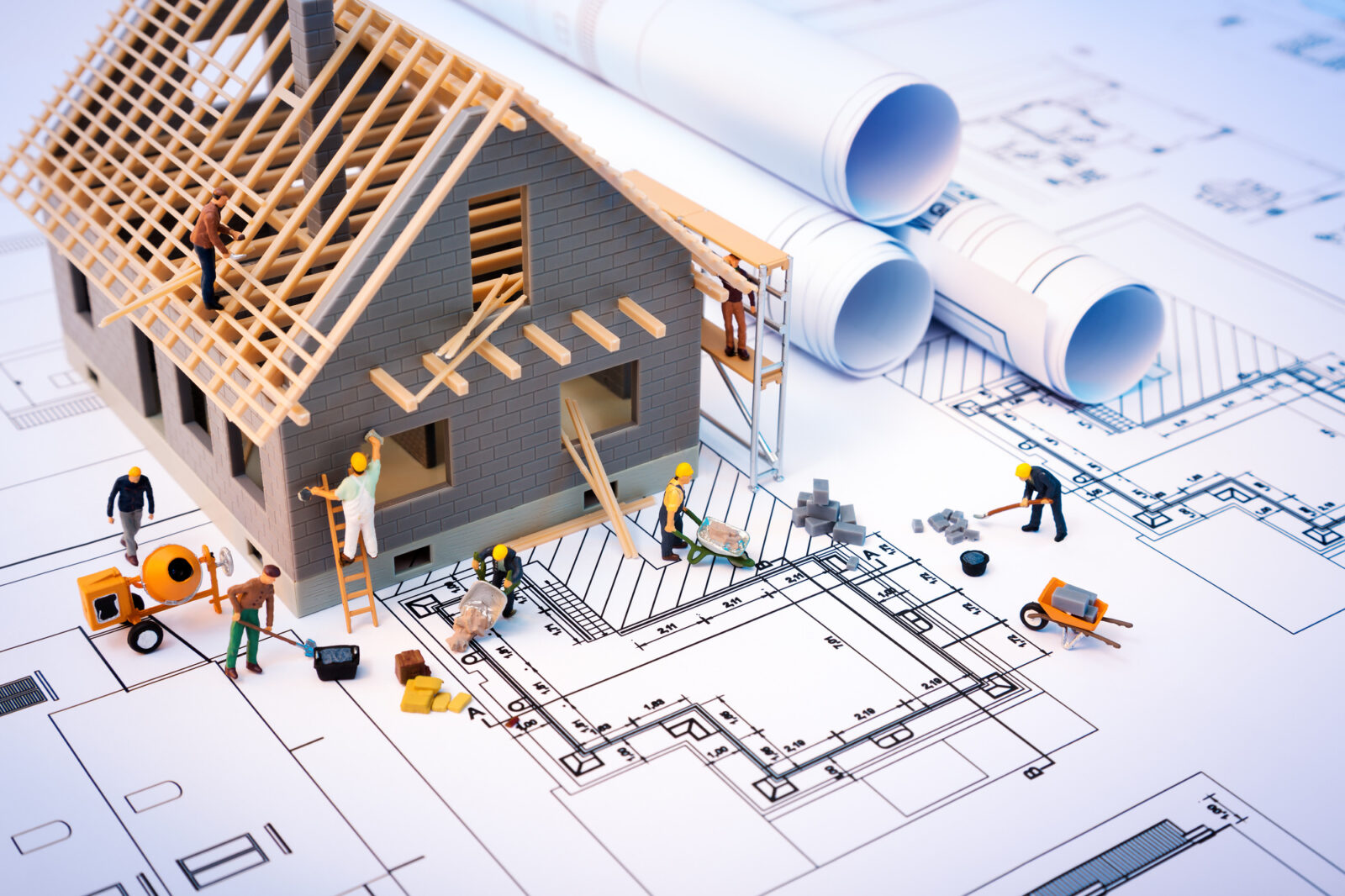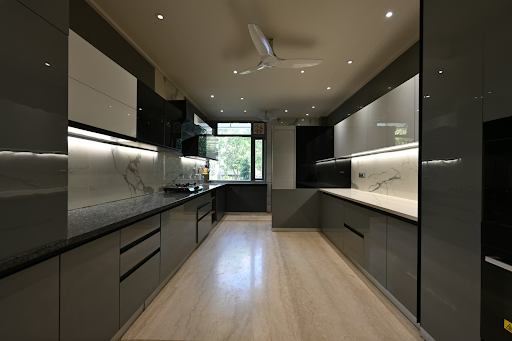Design-build services have gained popularity in the construction industry, offering a streamlined and integrated approach to project delivery. In this article, we explore the numerous advantages of design-build services for commercial construction projects, showcasing how this method can enhance efficiency, collaboration, and overall project success.
Table of Contents
A Holistic Approach to Project Delivery
Design build construction is a project delivery method that combines both the design and construction phases into a single, unified process. In this approach, the design-build team, often led by a design-build contractor, works collaboratively from project inception to completion. This holistic approach offers a range of benefits for commercial construction projects.
Enhanced Communication and Teamwork
A key benefit of the design-build approach is the enhanced communication and teamwork it encourages. As the design and construction teams collaborate from the beginning, there is a more straightforward communication and cooperation channel, diminishing the possibility of miscommunication or disputes that can arise in conventional project delivery methods.
Accelerated Project Completion
Design-build usually results in quicker project completion timeframes. With the overlapping of design and construction phases, on-site work can begin before finalizing the design. This method, called “fast-tracking,” considerably shortens project timelines, making it a desirable choice for commercial projects with pressing time constraints.
Single-Point Accountability
Design-build simplifies the accountability structure by assigning a single point of contact for the entire project. The design-build contractor is responsible for both design and construction, which streamlines decision-making and issue resolution. This eliminates the need for clients to manage multiple contracts and separate design and construction entities.
Cost Predictability
Design-build provides a higher level of cost predictability for commercial projects. With design and construction teams working together throughout the project, it is easier to control and monitor project costs, reducing the likelihood of unforeseen expenses and budget overruns.
Early Budget Estimation
During the design phase in a design-build project, the team can develop a preliminary budget estimate. This early estimation allows clients to make informed decisions and adjustments before construction begins, ensuring that the project aligns with budgetary constraints.
Value Engineering
Value engineering is a critical aspect of design-build. It involves identifying opportunities for cost savings and improved project efficiency while maintaining or enhancing the project’s quality. The collaborative nature of design-build encourages value engineering, as the team collectively seeks the most cost-effective solutions.
Innovative Solutions
Design-build fosters innovation by encouraging collaboration and creative problem-solving. The design-build team works together to find unique and effective solutions to project challenges, ultimately resulting in a more innovative and successful project.
Reduced Change Orders
Change orders, which often lead to increased costs and project delays, can be minimized in a design-build approach. The continuous communication and collaboration between the design and construction teams help identify and resolve potential issues early, reducing the need for changes during construction.
Client-Centered Approach
Design-build places a strong emphasis on meeting client needs and expectations. The client’s input and requirements are integrated throughout the project, ensuring that the final result aligns with their vision and objectives.
Quality Assurance
Design-build emphasizes a focus on quality. The design-build team takes collective responsibility for achieving a high level of quality in both design and construction. This approach results in a more thorough quality assurance process.
Improved Risk Mitigation
In design-build projects, risk management plays a crucial role. The design-build contractor usually takes on the increased responsibility for risks related to design and construction, which decreases the client’s vulnerability to possible liabilities.
Eco-friendly Construction
For clients who prioritize environmentally responsible construction, design-build presents opportunities to integrate green building methods and materials. The cohesive nature of design-build allows for the effortless incorporation of sustainable elements in both the project’s design and construction phases.
Design-build services have become a favored choice for commercial construction projects due to their ability to streamline processes, improve collaboration, and enhance project efficiency.
With a focus on communication, innovation, and client-centered solutions, design-build can deliver cost-effective and high-quality results while meeting tight project schedules and addressing the unique needs of today’s commercial construction projects. Clients considering commercial construction projects should carefully weigh the advantages of design-build to determine if it aligns with their project goals and priorities.





